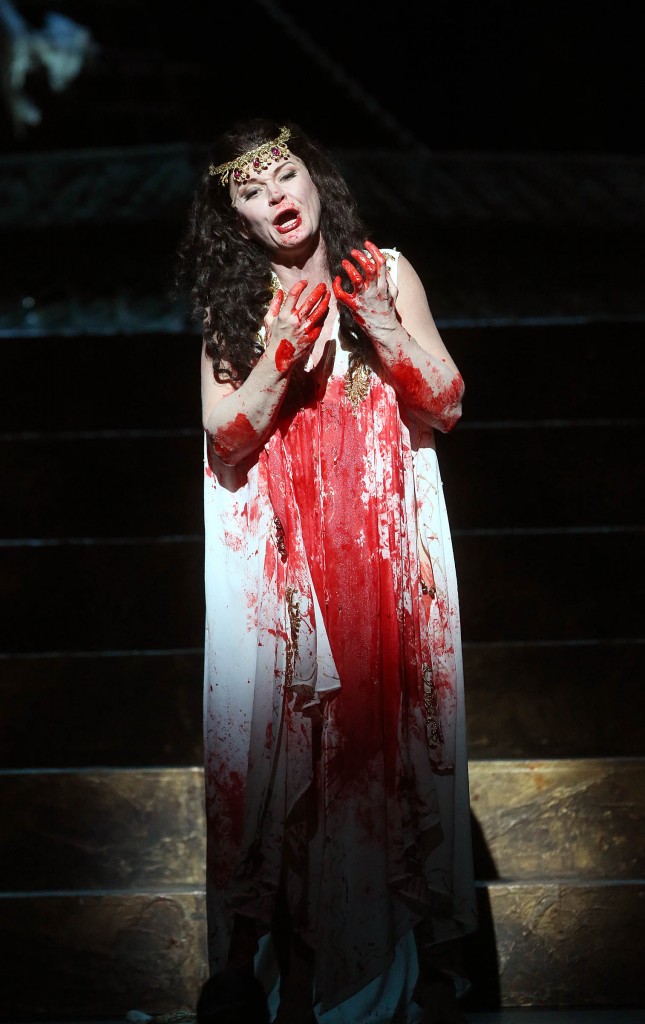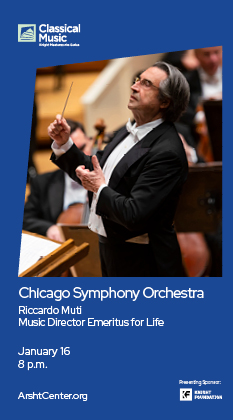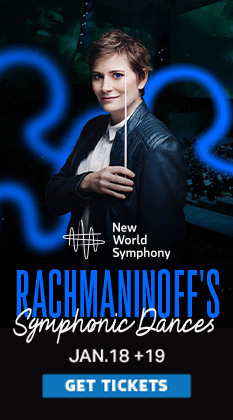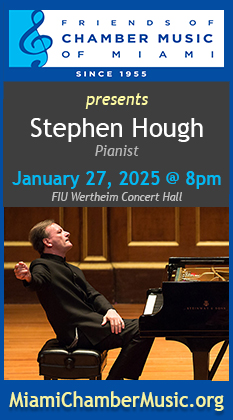Palm Beach Opera delivers its own March madness with a decently sung yet superficial “Salome”
Palm Beach Opera’s first production in eighteen years of Richard Strauss’s Expressionist masterpiece Salome is full of titillating thrills: madness, nudity, incest, and blood. However, a bizarre, often superficial production detracted from an otherwise powerful evening of music Friday night at the Kravis Center.
The one-act opera moves briskly through the story of Salome’s budding desire for Jokanaan, or John the Baptist, who rejects and curses her. To exact revenge, she performs the Dance of the Seven Veils for her lustful stepfather Herod in exchange for her own ultimate desire: Jokanaan’s head on a silver platter. Set in biblical times outside the court of King Herod, Boyd Ostroff’s set is dominated by a craggy moon, with subtle lighting effects by Guy Simard in golds and blacks.
In his PBO debut, conductor Roberto Paternostro superbly rendered the demanding score, with heroic brass and lush strings capturing the kaleidoscopic colors and shifts.
In the demanding title role, Erika Sunnegårdh showed a soprano that was occasionally too light, although much of her singing was clear, expressive, and deeply lyrical. Dramatically, however, she seemed one-dimensional, playing Salome as a churlish, psychopathic adolescent, pouting and smirking to convey feelings that run much deeper in the music. Instead of shock, the audience reaction was too often laughter. Undoubtedly, Salome is mad, but she must possess the deeper emotions that drive humans to madness. Director Renaud Doucet has created a monster, but missed the opportunity to create a woman.
As Jokanaan, Ryan McKinny is a physically attractive, powerful bass-baritone who commandingly characterizes the wild zealotry of the larger-than-life figure as he prophesies. Much of his singing comes from his imprisonment in a subterranean cell. Unfortunately, the reverb effect here was overdone, detracting from intelligibility.
PBO brought in some heavyweight artists for the comprimario roles. Thomas Moser was the strongest as Herod, carrying the fourth scene as he teasingly and then more darkly indulges his lust for his stepdaughter. A veteran in the role, Moser is vocally and visually compelling. His transformation, from authority through lust, fear, remorse and disgust, was far more plausible than that of Salome.
The Herodias, Denyce Graves-Montgomery, suffered a last-minute backstage hip injury, confining her to a wheelchair at the side of the stage for the performance. Festooned in regalia, her countenance sphinxlike, Graves-Montgomery’s voice successfully projected her palpable disgust for her husband’s lust and her triumph at Jokanaan’s death.
A disastrous decision by director Doucet to have assistant director Fenlon Lamb “walk” the part onstage was wholly unnecessary and jarringly challenged suspension of disbelief, accentuated by Lamb’s incongruous blue evening gown. Graves-Montgomery could have easily carried the part unassisted, seated in her chair.
As Narraboth, tenor Nathaniel Peake had the voice but lacked dramatic conviction as the young suicide. Megan Marino’s overly feminized costume weakened her earnest attempts to project masculinity in the role of the harbinger Page. Members of PBO’s Young Artists program playing slaves, soldiers, Nazarenes and delightfully bickering Jewish scholars rounded out the cast.
Palm Beach Opera’s Salome repeats 7:30 p.m. Saturday and 2 p.m. Sunday at the Kravis Center in West Palm Beach, 561.833.7888, pboopera.org
Posted in Performances
Leave a Comment
Sat Mar 16, 2013
at 11:21 am
No Comments







